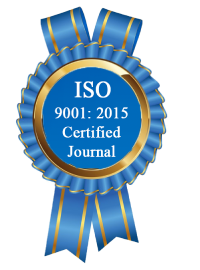| All | Since 2020 | |
| Citation | 172 | 110 |
| h-index | 7 | 5 |
| i10-index | 1 | 0 |
WJERT Citation 
Login
News & Updation
Abstract
DESIGN OF LOW SALINITY WATERFLOODING FOR OIL-WET AND WATER-WET CARBONATE RESERVOIRS
Abdulrazag Y. Zekri*, Hala K. Alshadafan, Mamdouh T. Ghannam, Essa G. Lwisa, Fathi H. Boukadi
ABSTRACT
Even though low salinity water LSW flooding is proven to be a technically viable process, its economics is still debatable in the oil industry. To improve the process economics, slug injection is proposed technique replacing continues low salinity injection scheme. Literature search has indicated that no work has been reported on the effect of lithology and reservoir wettability & permeability on the optimum low salinity slug size. In this project, the effect of the reservoir wettability (oil wet and water wet systems), lithology (limestone and dolomite), and permeability (low and high) on the design of low salinity slug injection has been experimentally investigated. Interfacial tension, contact angle, and phase behavior studies were conducted. The results indicated that reservoir wettability and lithology have a significant impact on the optimum LSW slug size. Oil-wet and limestone system exhibited a favorable condition for LSW slug injection, which requires a slug of 10% pore volume and produced 90% of the oil in place. For oil wet systems, the lithology had no noticeable impact on the optimum slug size. A high permeability dolomite oil wet system required smaller slug size as compared to a lower permeability system, while the low permeability system exhibited higher oil.
[Full Text Article] [Download Certificate]
